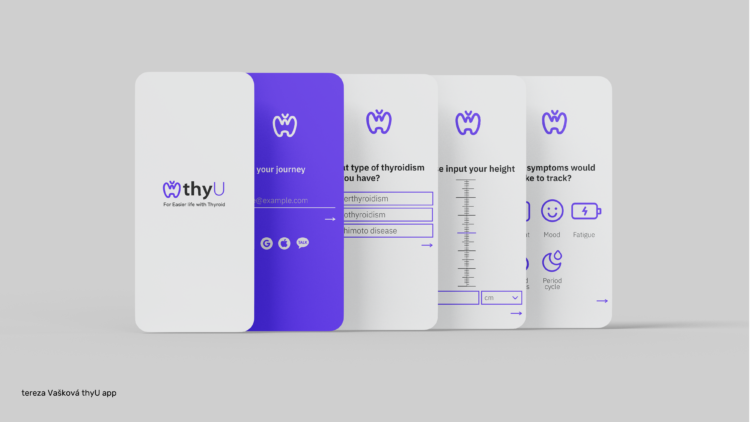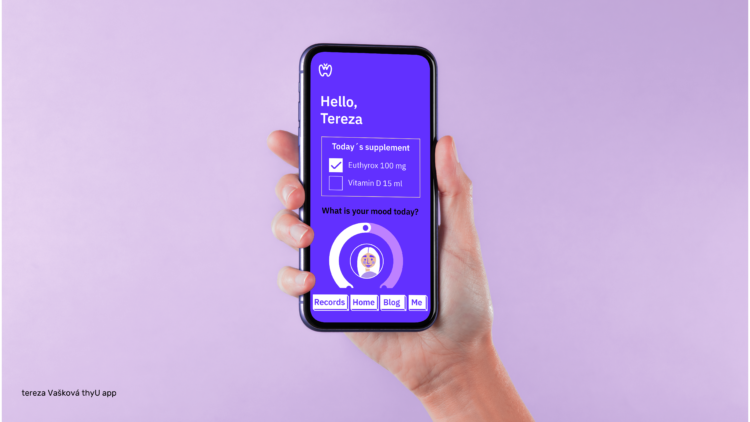Best in Design is an international competition for individuals or collectives under the age of 30. Not only are there cash prizes ranging from 200 to 1,500 euros at stake, but above all, a huge opportunity to get feedback and compare yourself with young designers from all over the world.
We would like to introduce you to the finalists and jury of the Best in Design competition at this year’s Zlin Design Week. The finalists are presented in four categories: Product & Industrial Design, Communication Design, Fashion Design, and Service Design.
Product & Industrial design
Category includes product design, interior and furniture destool, tool and equipment design, and more
Judges in the category Product & Industrial design: BÜRO FAMOS, KRISTÝNA MIKOLÁŠKOVÁ AND TEREZA DROBNÁ, JOSEF ROZEHNAL NAHAKU + DATART
MICHAL ZMEK – BRUNCH COLLECTION
The brunch collection is his diploma work. It is a comprehensive collection of furnishings for the exterior, mainly for the café sector. The collection includes chairs, lounge chair, low and high table. The entire furniture collection is united by one production technology, namely a longitudinally cut tube, which is then bent into the desired shape. The collection is made of durable materials that are capable of withstanding harsh weather conditions. The primary material is steel, either in pipe or plate form. Secondary materials are plywood for exterior use and fabric.
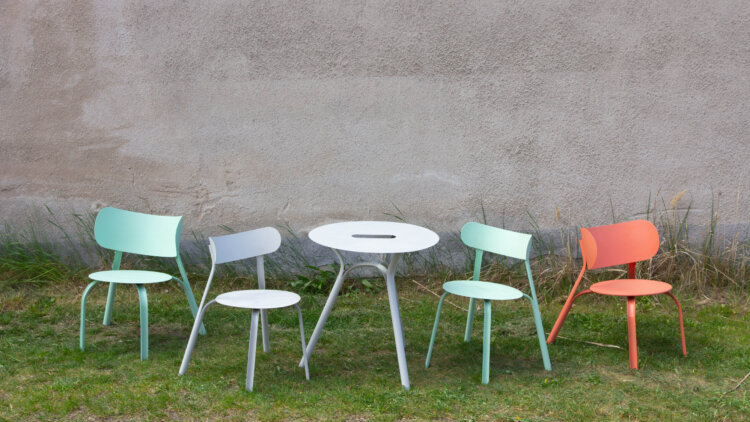

TIMEA KEPOVÁ – TONICI
Animals – upcycling decorations are made from defective pieces of chair seats from TON that could no longer be used. Together with the box, they are created exclusively from discarded blanks from production. Thanks to the idea and the effort to give new life to the blanks, they can now be companions in the interior. Whom did you find in the box? Is it HUSTON, DELFTON, PAPTON, or BAŽTON? The aim of this project was to recycle elements that can no longer be used. The animals become companions and, at the same time, are an example of the need to create for the benefit of ecology in today’s world.

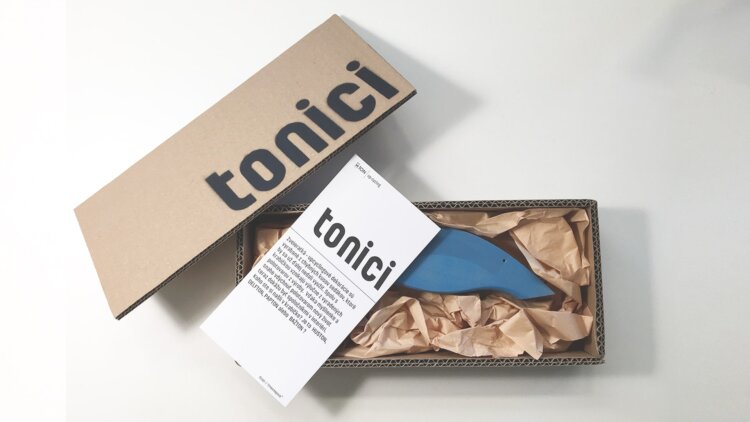
ZUZANA WÓJCIK – TOUCH THE TEXTILE
Touch The Textile is a project embedded in practical design research that explores the components of weaving techniques concerning the tactility of textiles to maximise their haptic expression. Weaves, yarn quality, and weave structure can contribute significantly to the creation of tactile sensations based on texture, but there is really very little in the field of textile design. Therefore, Touh The Textile contributes to the field by exploring the design possibilities and potential for creating a wide range of smooth and coarse textures within weaving techniques, with a focus on haptic perception. The project reveals the interdependence of the components of haptic perception in relation to interaction with textile objects. Shape, scale and pattern guide interaction and hand movements, and colour entices the user to approach objects or informs them of expected tactile sensations.
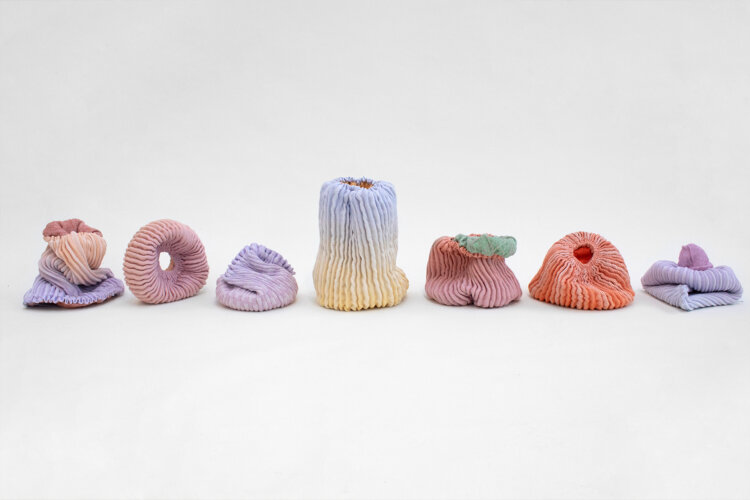

COMMUNICATION DESIGN
Category includes graphic design and illustration, new media, visual communication and intermedia, web animation, and more
Judges in the category Communication Design: VASJEN KATRO, JOHANNA HAMMER a KAROLÍNA KRUPIČKOVÁ
ADRIÁN GUBRICA – MARIUPOL DIGITAL MEMORIAL
On February 24, 2022, innocent people started losing their lives in the city of Mariupol, which was bombed by the Russian army. The Mariupol Digital Memorial project aims to find these stories, preserve them, and bring the horrific effects of war on ordinary people to light again. At the same time, it seeks to create an alternative memorial to the victims. At the time of implementation, it cannot be physically created in the city itself and is unlikely to be possible during the Russian occupation. The project itself is an interactive web-based experience in which the user finds themselves in a surreal Mariupol, where, in the form of a mouse-controlled flying light, they search for individual stories that are randomly placed amongst the accumulated, never-ending development of destroyed buildings.
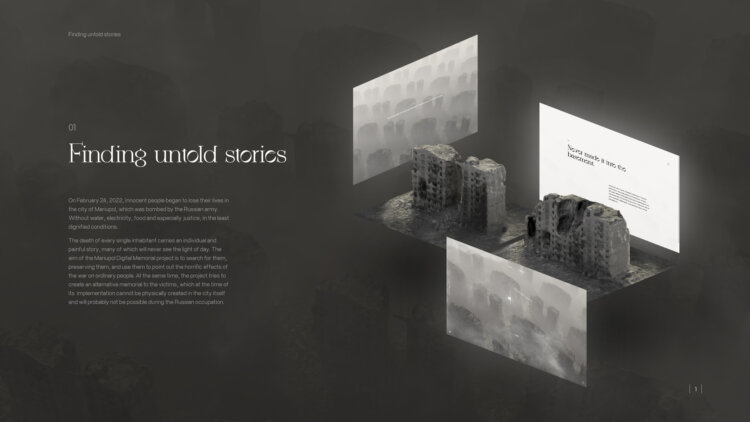

JULIE DÍTĚTOVÁ – PROGRAMMING PATTERNS
The Programming Patterns project is an experiment that uses the StyleGAN 2 neural network to generate visual data whose morphology is based on real motifs of 18th-century church fabrics. These fabrics come from an emerging online archive on which the author is collaborating. The project began with a static and tangible archive of church fabrics and has resulted in a system capable of generating countless (billions) of original virtual patterns in a relatively short time.
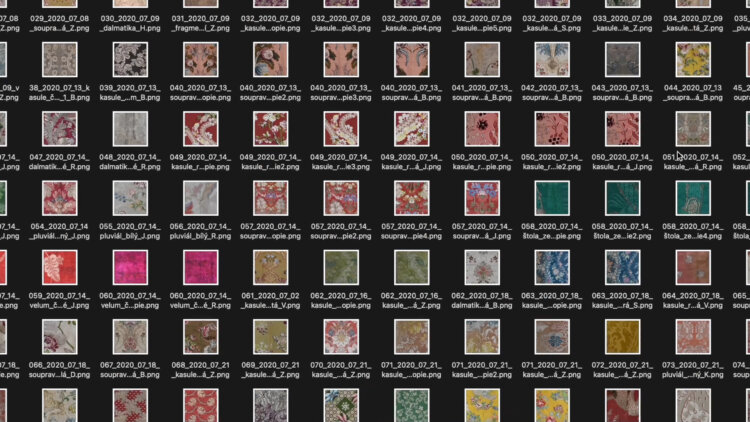

TIM STANGE, FABIAN MEYER – DORTMUND, HAMBURG- EIN INTERVIEW UND AUSTAUSCH MIT BUREAU JOHANNES ERLER
The book is divided into two parts. The first part of the book contains an extensive interview with the German designer Johannes Erler. The second part is a case study of one of his corporate design projects. The case study shows all the different elements, such as logo variations, poster campaigns, and a new website. Furthermore, they developed a system based on colourful pages in different sizes. These pages contain further information about corporate design elements and quotes from Johannes. They also function as chapter dividers between different parts of the brand.
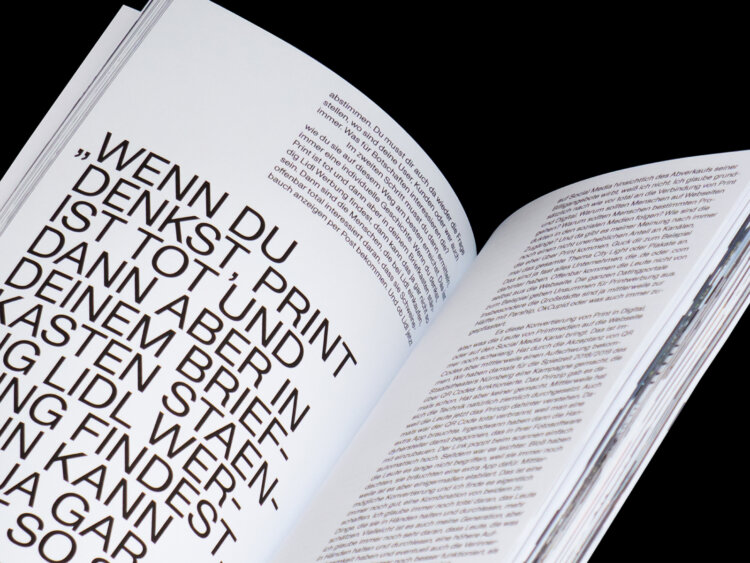
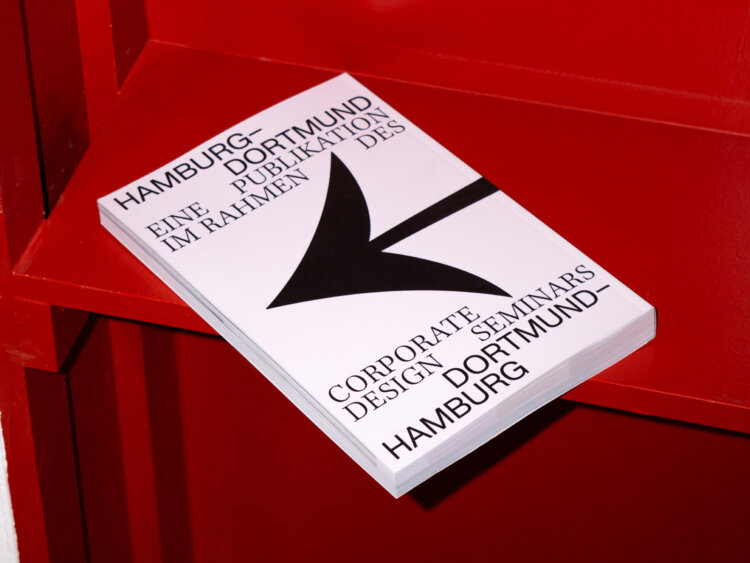
FASHION DESIGN
Category includes apparel design, textile design, footwear and haberdashery design, jewelry design, and more.
Judges in the category Fashion Design: KAROLÍNA ČECHOVÁ, BRANKO POPOVIC
JANA VATERKOVÁ – INTERSECTING
In artistic research, the focus is on the utilitarian object as a tool that is intended to be (re)used. It explores several fusions of design within textile creation from modernism to the present, which impact society in creating personal and cultural narratives. Fascinated by digital craft that drives the foundations of traditional craft, my intention is a fusion of original design using the principles of digital technology – a fusion of traditional craft with contemporary. It seeks to clarify the idea behind the project, namely the notion of “wholeness” in design. Under this formulation, Jana wants to point to design as an open human affair and an interest in the quality or choice of an object.


KATARÍNA MYDLIAROVÁ – MATERIALS STUDIO POP. UP VOL 2
Materials studio brings a virtual fashion experience for a new generation. With this project, Katarína focused on augmented and virtual reality, bringing sustainability with technology and entertainment into one place. As technology helps us reduce our fashion footprint, Metarials studio is here to educate people on how and where they can encounter digital fashion and what the positives are. All the digital pieces worn in the virtual world were transferred into physical pieces, and visitors could try them on and compare how digital clothes react compared to real clothes. The collection itself is inspired by a dystopian world of dunes and resident evil influenced by the Christian church. Each garment is made for each character in our fictional world, where anything is possible.
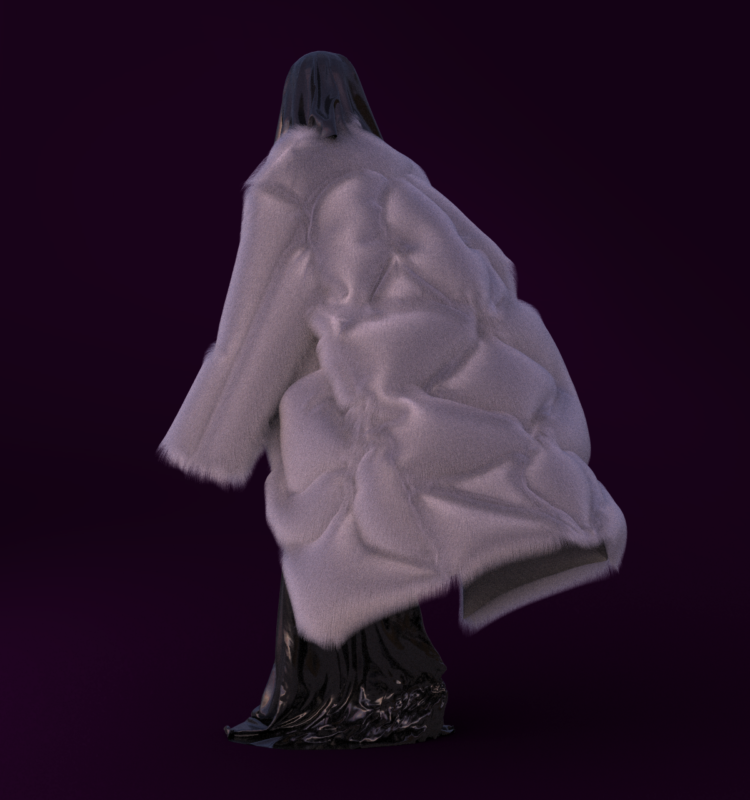

MARIJA PETRAITYTE – COLLECTION DISTANCE FROM A POINT
Discovering a distinctive style or individualistic approach will make you feel stronger in the competitive fashion industry. Research shows that designs dominated by the interaction of flexible lines and shapes make the garment perceived as a living object. The final collection of DISTANCE FROM A POINT has the characteristics of naturalness, organics, deconstruction identified in self-analysis of creativity work research, integrated historical details such as lacing, give the emotion of archaicity, and visible transformation. Colorit is kept in shades of dark and warm earth tones. The collection balances between avant-garde and wearable fashion clothing. This collection of clothing is created to be high quality, eye-catching, and wearable too – I believe this way the designs will become more sustainable and higher value.
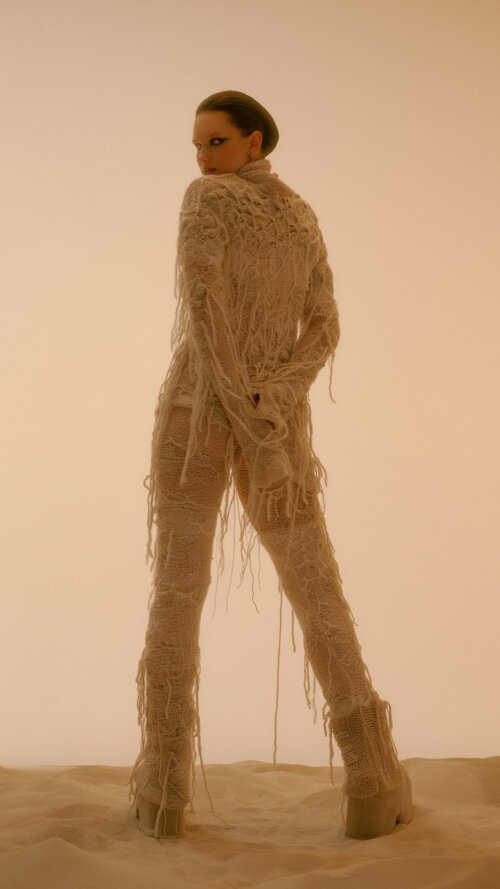
SERVICE DESIGN
Category includes comprehensive designs for the processes, technologies, and interactions that drive service delivery
Judges in the category Service Design: BORI FEHÉR, LADISLAVA ZBIEJCZUK
ALINA KARL – ALLY
Imagine you are 75 years old. Your body and perception has shifted, and you are likely to perceive products and services differently. In later life, this will affect us all. How can we avoid ageism and design without bias? Ally is an accessible app that allows seniors to store actions they frequently use on six different NFC tags. The product enables seniors to independently address age-related difficulties in their daily lives by setting up tags and recalling them when they experience limitations. They can thus autonomously decide how and when they need support.
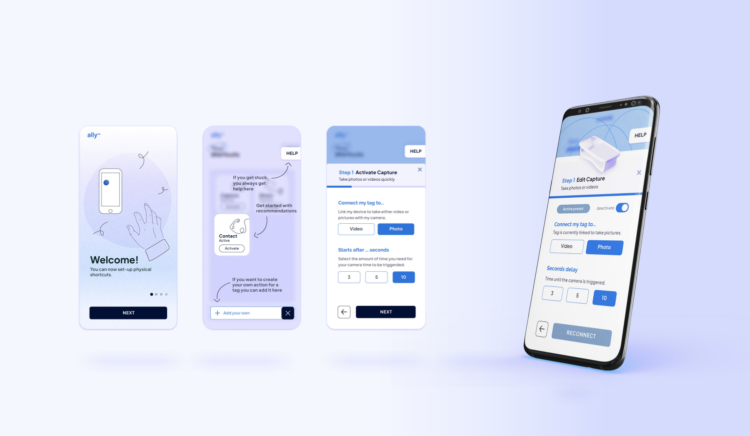
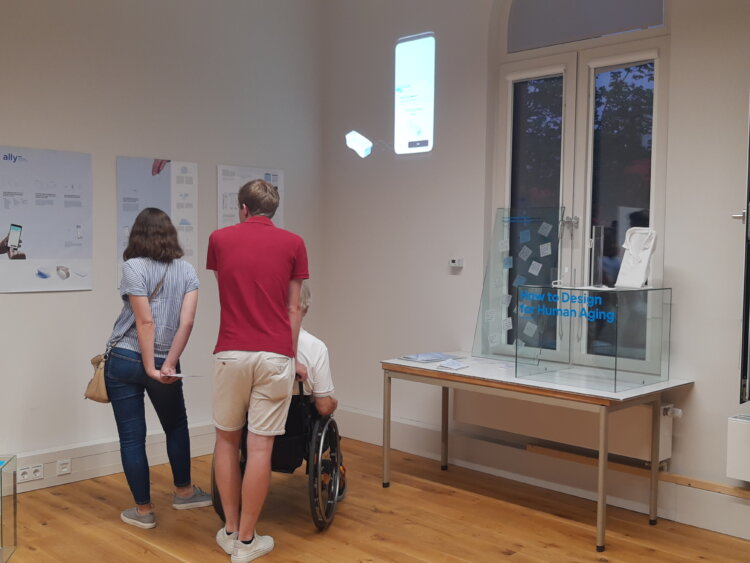
MATĚJ MALECHA – THE COMPASS OF SUSTAINABLE BUSINESS
The company where Matěj works has been focusing on the topic of sustainability for several years. Absolutely fundamental to them is the concept of Doughnut Economics, which shows that the main challenge of sustainability is to find ways to provide a dignified life for all people on the planet in a way that does not lead to exceeding the ecological ceiling. However, working with this global model in the context of a design studio is not very easy. Matěj and Filip set themselves the task of finding a way to adapt the model so that it could be worked with on client projects. They also tried to involve volunteers, mainly designers, and experts specialised in sustainability.

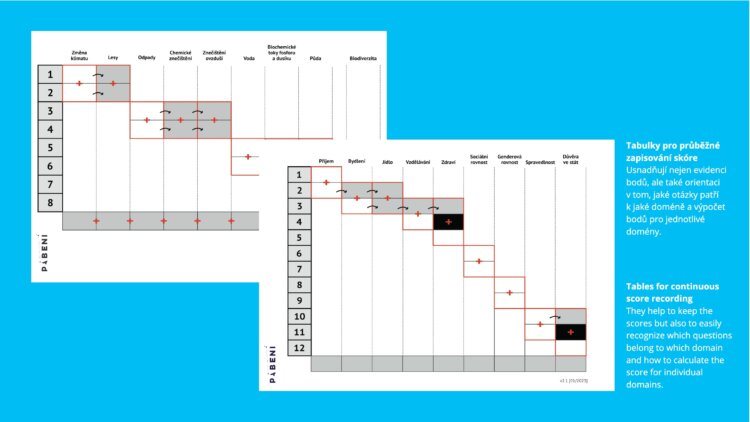
TEREZA VAŠKOVÁ – thyU APP
Tereza came up with the design of the e-health mobile app, which was created in 2022 after realizing that 1 in 8 women suffer from thyroid disease. She is one of them herself. Although there are plenty of apps for health monitoring and well-being, there is no app or platform for people diagnosed with thyroid dysfunction in the country. And it’s time to change that. Through the app, the user can more clearly monitor their medication use, track their symptoms and follow their progress over time – this then allows them to consult their condition with their endocrinologist better and understand their body. The app’s primary goal is to start digitizing blood results and archiving them on phone devices.
The thyU app logo is inspired by the shape of the thyroid organ itself, but also by a butterfly – so that patients can feel more free during their treatment.
